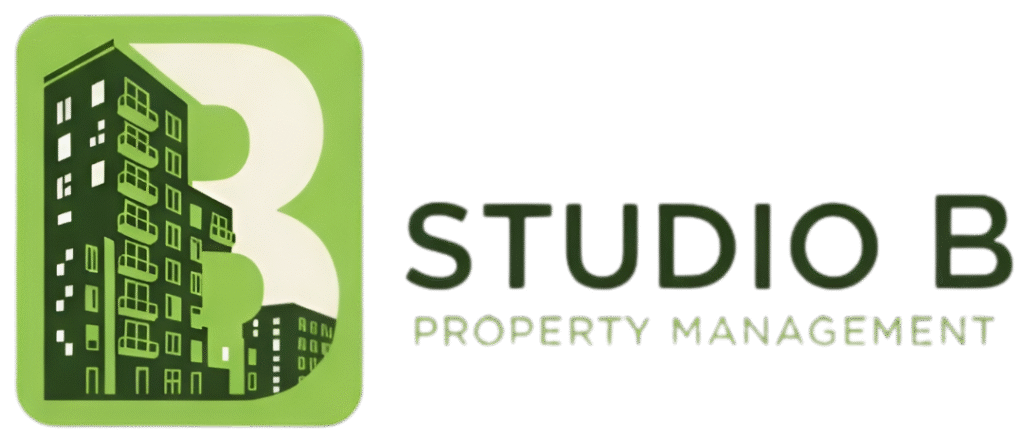Discover Studios, Services & More Across USA | StudioBDTLA
What Lens Is Best For Studio Photography

Selecting an ideal lens for studio photography may be important in producing stunning and expert-searching outcomes. Lens choice has a giant effect on photo excellent, sharpness, intensity of area depth and flexibility – we are able to explore these elements here as you select the correct one!
Prime lenses offer advanced image quality:
Prime lenses are recognized for generating snap shots with superior picture best, sharpness and occasional light overall performance. Because they function constant focal lengths that require you to bodily circulate closer or in addition far from a topic to be able to adjust composition – even though their loss of zoom abilities frequently outweigh this disadvantage.
Zoom lenses provide flexibility:
Zoom lenses offer wonderful versatility by allowing customers to fast trade focal length within a sure range. Zooms won’t healthy high lenses on the subject of picture excellent; but their comfort makes up for that difference in terms of comfort and versatility.
Choose an most advantageous focal duration:
Focal lengths starting from 50mm to 85mm are frequently endorsed for studio images classes, presenting enough scope to capture pics and near-up shots with out creating excessive distortion in portrait pictures or close up pictures.
Controlled aperture length for innovative manipulate:
An aperture length determines how an awful lot mild passes through and consequently influences depth of field. Studio images presents photographers greater unique manage of lighting fixtures conditions; selecting lenses with wider most apertures which includes f/1.Eight or f/1.Four will enable extra innovative freedom when choosing bokeh results and selective awareness techniques.
Image stabilization to create constant pictures:
Image stabilization technology allows minimize digital camera shake because of hand actions throughout long exposures or low mild conditions, specially outside where tripods may not be readily to be had for use. If hand held pictures or on-location studio shoots are on your plans, take into account lenses equipped with built-in photograph stabilization.
Budget Considerations:
As with all pictures gadget purchases, price range ought to continually be an crucial thing. While excessive-cease lenses might cost greater, their performance regularly stands up against them in assessment. When making this preference, take your images wishes and funding capacity into account with a view to locate an equilibrium between best and price effectiveness.
FAQs
Q: What elements have to I take into account when deciding on a lens for studio pix?
A: Consider factors together with focal length, aperture, lens tempo, and the shape of photos you will be doing inside the studio.
Q: Is there a selected focal period that works great in a studio environment?
A: The best focal duration relies upon in your specific dreams, however many photographers locate 50mm to 85mm lenses to be versatile for studio paintings.
Q: How does aperture play a function in choosing a lens for studio artwork?
A: Aperture affects depth of concern and mild amassing capability; a lens with a much broader aperture (lower f-number) gives higher control over the ones factors.
Q: Are top or zoom lenses extra suitable for studio pictures, and why?
A: Both may be used, but top lenses are often preferred for his or her wider apertures and sharper photo exceptional, whilst zoom lenses offer versatility.
Q: What are the advantages of the usage of a big-angle lens in a studio placing?
A: Wide-mind-set lenses can capture more of the scene, making them appropriate for company snap shots or whilst going for walks in restricted spaces.
Q: Can I use my package lens for studio pictures, or have to I put money into a specialized lens?
A: Kit lenses can paintings, however investing in a lens with a much wider aperture and better optical great regularly yields superior consequences in a studio environment.
Q: How vital is lens velocity (low f-amount) for studio taking images?
A: Lens velocity is important for controlling exposure and carrying out a shallow depth of field; a lower f-huge range permits extra slight and progressive control.
Q: Are there unique lens features that enhance performance in controlled studio lighting fixtures situations?
A: Look for lenses with accurate optical first-rate, minimal distortion, and coatings that reduce lens flare for best standard performance in studio lights.
Q: Do one-of-a-kind styles of studio pictures (snap shots, product, and many others.) require exquisite lenses?
A: Yes, the choice of lens can variety based absolutely at the form of pics. Portraits regularly gain from a top lens, at the same time as product photography might also moreover require a macro lens.
Q: What effect does lens preference have on intensity of place in studio pictures?
A: Lens choice, specially aperture settings, drastically impacts intensity of subject; wider apertures create a shallower intensity of area for creative consequences.

